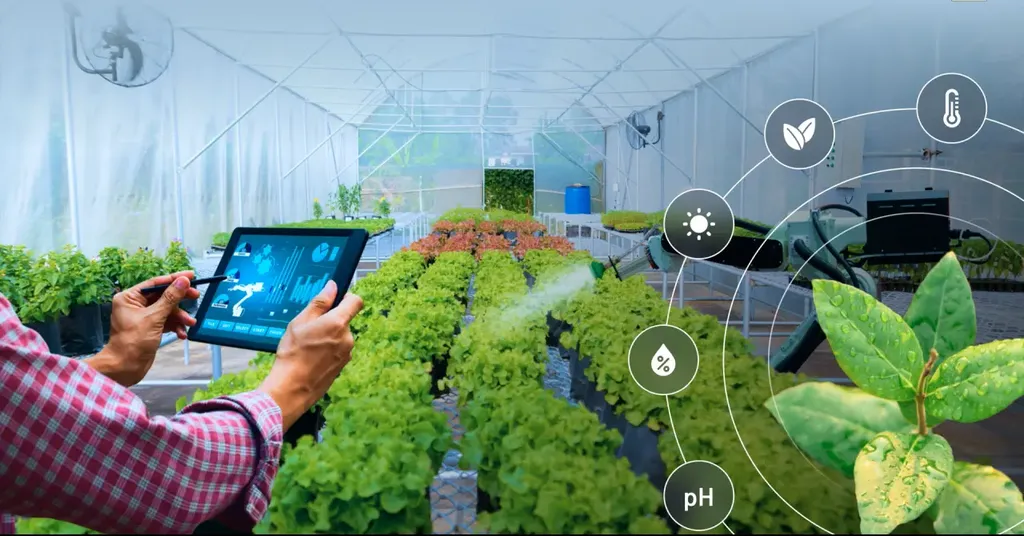In the heart of Bangladesh, where jute cultivation is a cornerstone of the agricultural economy, a groundbreaking study is set to revolutionize disease detection and management. Researchers have developed a novel, lightweight deep learning model that can accurately classify jute leaf diseases in real-time, using minimal labeled data. This innovation, published in *Frontiers in Plant Science*, could significantly enhance crop health and farmer livelihoods, particularly in resource-constrained environments.
The study, led by Meftahul Jannat from the Department of Electronics and Telecommunication Engineering at Rajshahi University of Engineering and Technology, addresses a critical challenge in agricultural technology: the scarcity of large, annotated datasets for training deep learning models. Traditional approaches often rely on extensive labeled data, which are costly and time-consuming to produce. “Our goal was to create a model that could perform accurately with minimal labeled data, making it more accessible and practical for real-world agricultural applications,” Jannat explained.
The proposed model integrates a lightweight convolutional neural network (CNN) with a semi-supervised learning (SSL) self-training framework. This combination enables the model to achieve strong representational power with only 2.24 million parameters, making it highly efficient and suitable for deployment in resource-limited settings. The model’s architecture includes modified depthwise separable convolutions, an enhanced squeeze-and-excite block, and a modified mobile inverted bottleneck convolution block, all contributing to its high accuracy and efficiency.
In tests on a self-collected dataset of jute leaf images across three classes—Cescospora leaf spot, golden mosaic, and healthy leaf—the model achieved an impressive accuracy of 98.95% under supervised training. Even more remarkably, it attained a best accuracy of 97.89% in the semi-supervised learning setting with only 10% labeled and 90% unlabeled data. This demonstrates that near-supervised performance can be maintained while substantially reducing the dependency on costly labeled datasets.
The practical implications of this research are profound. By enabling accurate and timely disease detection, farmers can take swift action to mitigate the spread of diseases, thereby protecting their crops and improving yields. The model’s lightweight nature and real-time usability make it particularly valuable in regions where computational resources are limited. “This technology has the potential to transform the way farmers manage their crops, providing them with a powerful tool to enhance productivity and sustainability,” Jannat noted.
The study also emphasizes the importance of explainable AI, using Grad-CAM to provide interpretable visualizations of diseased regions. This transparency is crucial for building trust among farmers and ensuring the model’s practical adoption. The deployment of the model as a Flask-based web application further demonstrates its real-world applicability, making it accessible to a broader audience.
Looking ahead, this research could pave the way for future developments in agricultural technology. The combination of lightweight CNNs with semi-supervised learning frameworks offers a promising approach to addressing the challenges of data scarcity and computational limitations. As the field continues to evolve, similar models could be adapted for other crops and diseases, further enhancing the resilience and productivity of global agriculture.
In summary, this innovative study represents a significant step forward in the application of deep learning to agricultural challenges. By reducing the reliance on labeled data and improving the efficiency and interpretability of disease detection models, it opens up new possibilities for enhancing crop health and farmer livelihoods. As the technology continues to advance, its impact on the agricultural sector is poised to grow, offering hope for a more sustainable and productive future.

